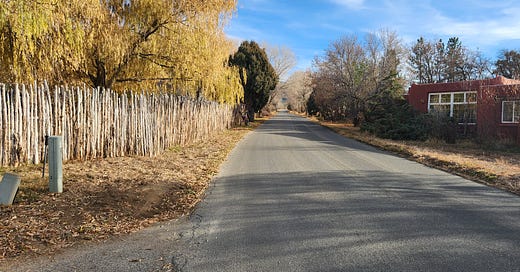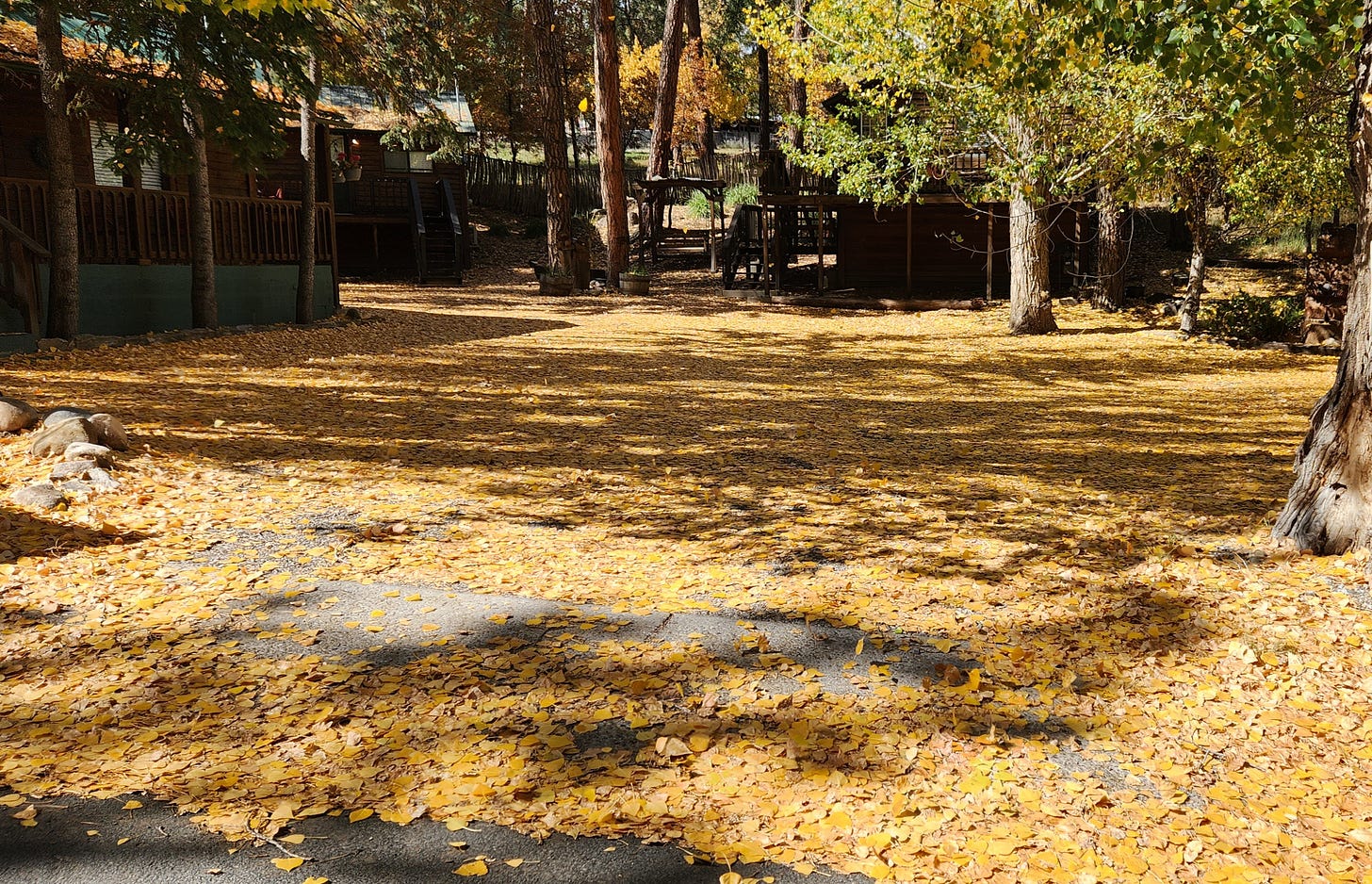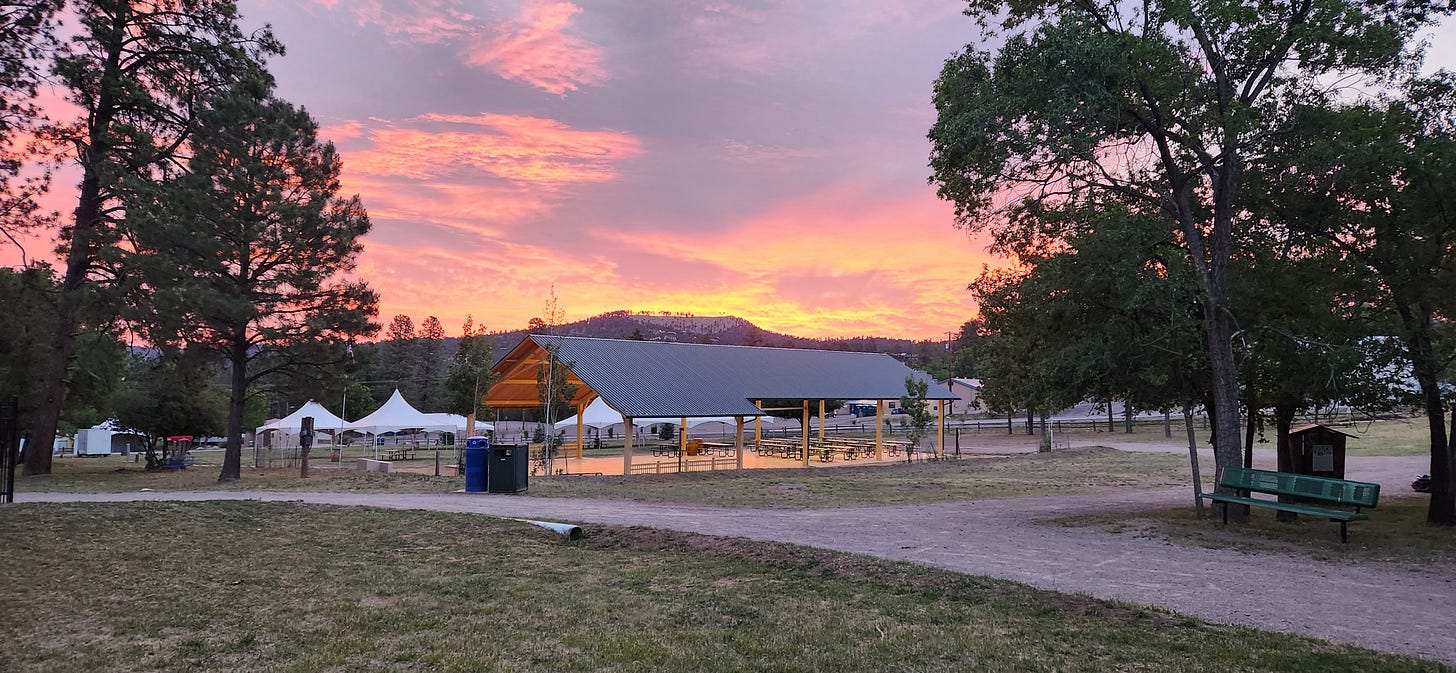This story has a happy ending, but it was a long road.
There are many reasons it died. The 45 trillion dollar debt, the stock market crash of ‘25, the escalating wars, etc. Initially there was mass panic and rioting in the cities, yet that was also part of larger unrest and protests.
It wasn’t just Medicare that died. This was a government funding issue, so along went Medicaid, and the VA.
The private health insurance companies were no longer getting subsidies in the form of Medicare Disadvantage to fuel their astronomical stock market run the previous 14 years. Many of the largest private health insurers started with layoffs. Human Resources and Admin should have been the first to go, as they generated no revenue, and were 10-20x the overhead cost of a revenue generating doctor or nurse.
The top executives knew that the companies were going to bleed, but instead tried to hide that from the customer base. Many people still believed that the private sector would save them, so they kept paying premiums for the next 6 to 12 months. The insurance companies had always nickel and dimed claims before, but now they just stopped paying claims altogether.
For top executives and various vice presidents, the writing was on the wall. The companies declared bankruptcy, but many parachutes remained.
The first 2 years were the scariest. People were rightfully worried about not being able to get medications. Some retirees still had money for elective surgeries.
Things started to snow ball in the right direction.
Because there was no insurance scam, or bloated government wet blanket, prices dropped dramatically.
Hospital networks became shells of their former selves. Kaiser folded like the Soviet Union, releasing 1700 doctors to fend for themselves. Local hospitals were barely operating on a shoe string budget. Admin and HR salaries were slashed. They weren’t actually needed, because the bureaucracy dropped by a factor of ten.
The general public wasn’t eating as much with the downturn in the economy. This started to decrease the numbers of people with obesity, diabetes, cardiac problems, strokes, osteoarthritis.
Some of the largest doctor’s offices shut down, but many others just continued on a cash basis. They rented a small office. They had maybe one receptionist, a nurse, and maybe 1/20th their previous business overhead. Medical records (government data collection of personal information) had also died, so there was no computer based paperwork. It was back to the old handwritten SOAP notes, one paragraph describing the person’s problems, and suggestions. The litigation market also dried up. The pool of potential clients to sue medical providers evaporated.
Competition and customer service
Because there were far fewer paying customers, doctor offices started to compete for more business. The doctor got to know their patient’s and their histories, like the 20th century country doctors. Since many people decided not to seek care, the doctor was not inundated with patient visits. There were seniors who had money, and still needed elective surgeries, such as total joint replacements. But the price was now comparable to what used to be called “third world countries.”
There was no office window you had to wait at, hoping to be acknowledged. When you walked in the door, you were greeted you with a smile. “How can I help you?”
Some people didn’t have cash, but they were able to trade for services. For years the public schools had pushed people towards liberal arts colleges, and away from trade skills.
Many doctors or their families had to wait for weeks to get a plumber or electrician, so they gladly traded services.
Some ranchers had beef to trade, but most of them avoided seeing doctors anyways.
Therapy
Therapy was decimated, a shell of its former self. The market was largely driven by people being seen for 20-30 visits. Most were unwilling to pay for all those visits. People suddenly learned very quickly which exercises they needed and how to perform them. Tutorials on social media had been around for years up to this point anyways.
Assistants and techs were no longer needed. Only the best therapists were employed. Some personal trainers gained a following, and were already positioned for cash based markets.
The health of health professionals
This improved substancially. They were no longer working indoors, under sterile florescent lighting, walking on hard cement and tile floors. No more soft drinks. No more flu shot or vaccine mandates. No more staring at computer screens. No more breathing your own carbon dioxide in masks. No more HR wet blankets on morale.
The general public
Some saw this coming years before, and had already started making changes. Overall they started to become much healthier. They realized that there was no safety net, and they couldn’t afford to drink sugary soft drinks, eat potato chips and ice cream. They started taking long walks outside. Exposure to sunlight increased vitamin D uptake, improving overall health.
Side effects from medications dropped by a factor of 10, as they’re weren’t as many meds on the market.
Most people started to realize they didn’t want “insurance” or “sick care” to come back.
They just wanted occasional “health care”in an emergency.
What do you remember of the years after Medicare died?








Sounds lovely. No one is coming to save us. The cult of the current medics are bought and paid for by Pfizer as well as our media, government and um everything. So it seems. They are the hidden hand.